
‘Every hammer blow makes a difference’: handcrafting whisky stills in Scotland – photo essay
A visit to McMillan Coppersmiths in East Lothian, which makes copper pot stills and columns for the distilled spirits industry
T he sharp, repetitive sound of hammers steadily beating copper into shape echoes around the fabrication hall on an industrial estate just outside Edinburgh. At McMillan Coppersmiths in Prestonpans, metal workers wield heavy wooden mallets, steel hammers and steel moulding tools called flatteners as they coax curved sheets of copper into new stills for Scotland’s malt whisky distillers.
They talk about planishing, where the welds that join the seams in the rose-gold metal are hammered flat, and of tafting, where the copper is formed by their hammers into the gentle curves of the still around hefty steel moulds.
In a world where factories make parts with 3D printers, robots and computer-controlled laser cutters, whisky stills at McMillan’s are handmade. The coppersmiths estimate it can take a million hammer blows to form each still – 30,000 hammer strikes a day for weeks on end.
They use chalk and marker pens, metal rulers and compasses to mark out where to cut. On the curved shoulders and the tall swan neck which transports the heated spirit vapour as it cools and condenses, hammer strikes are faintly visible. The largest stills will take 15,000 hours of work.
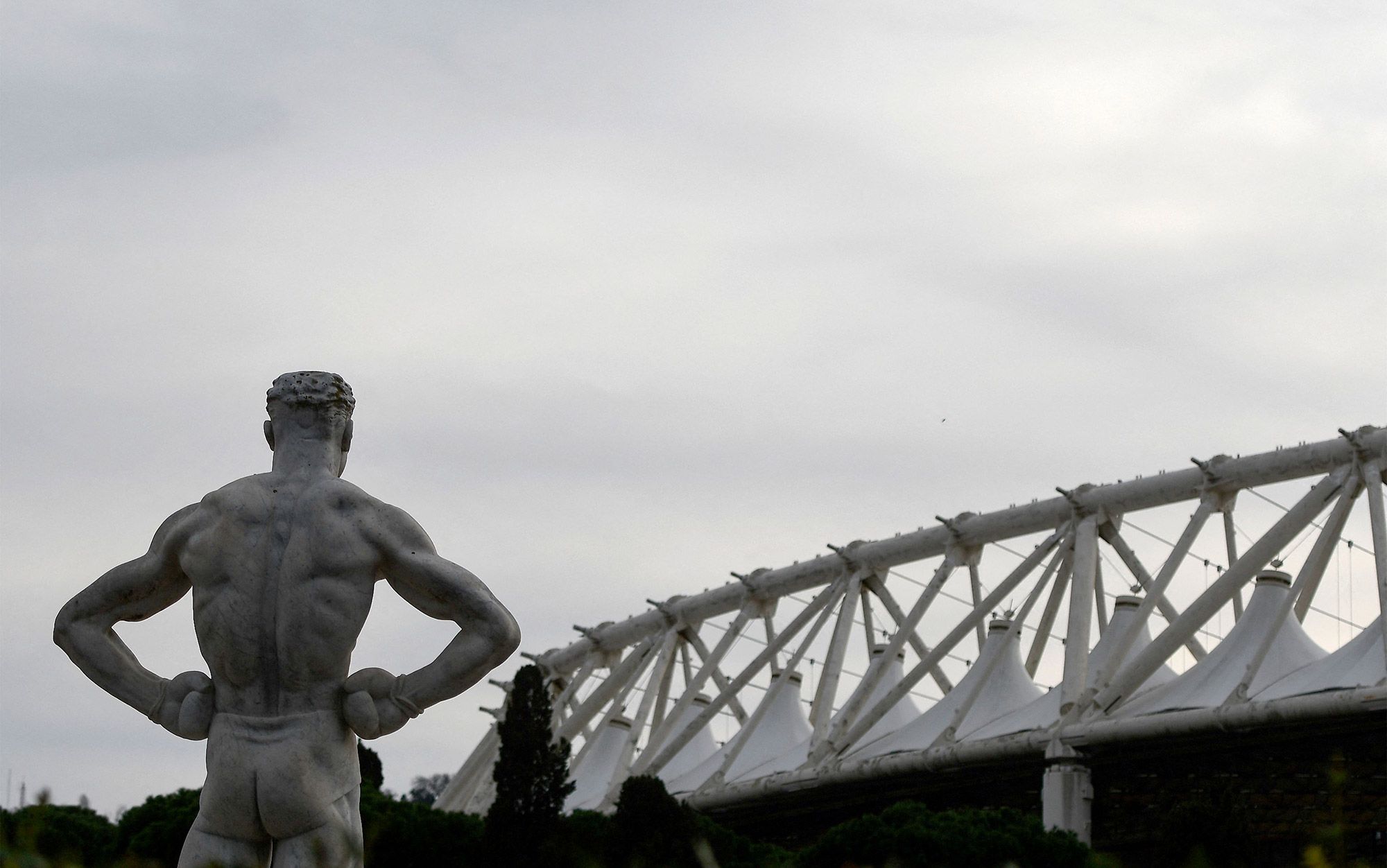





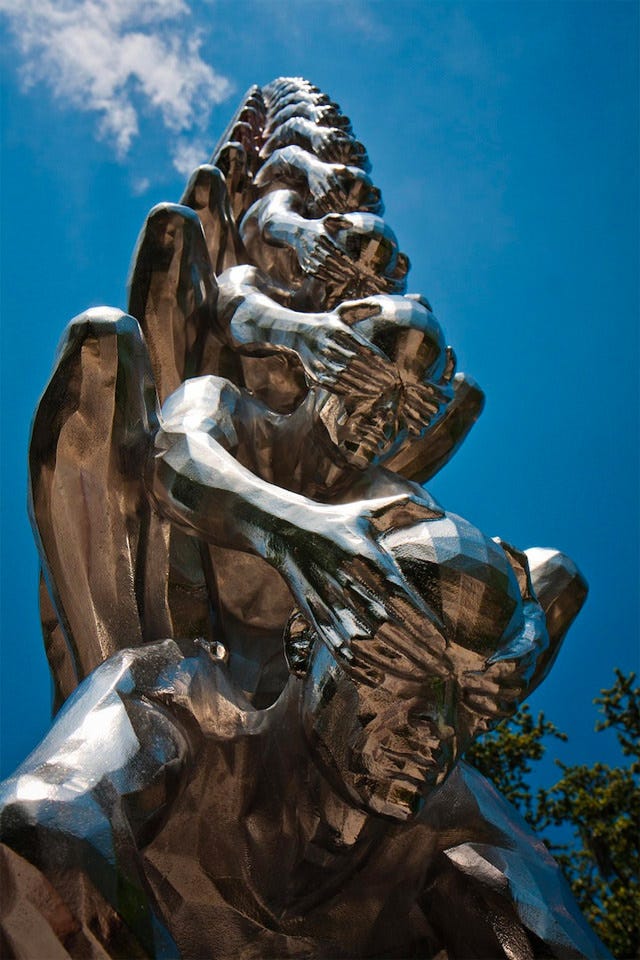


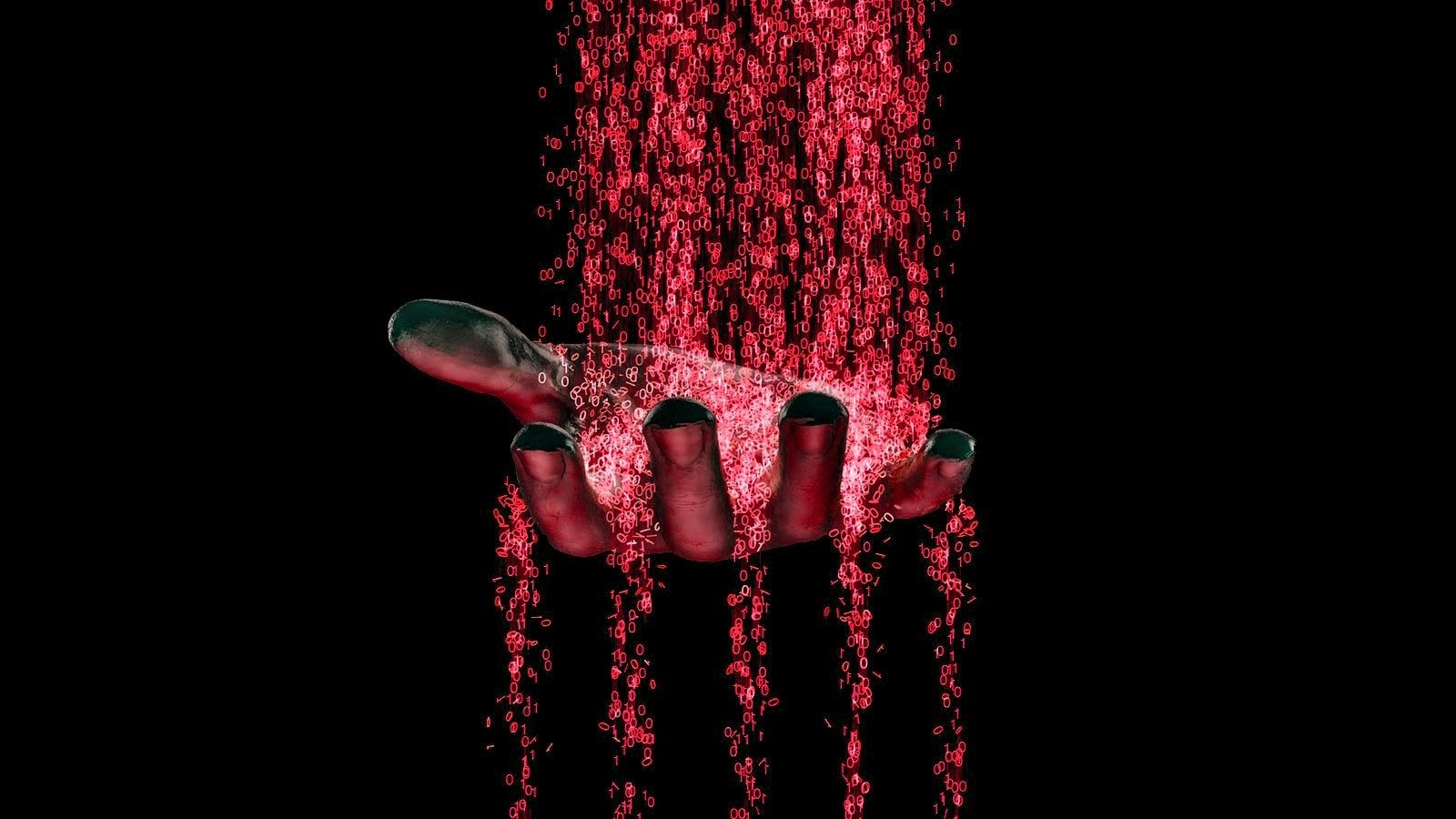

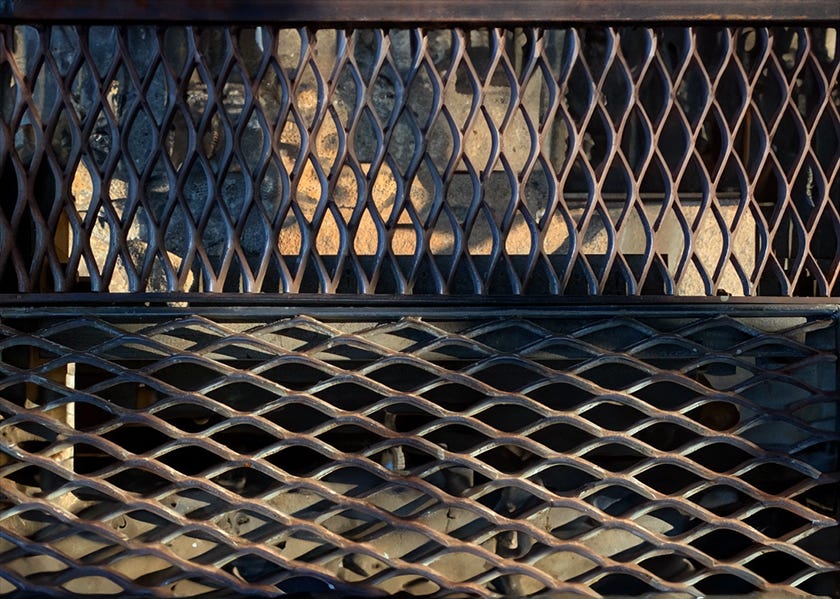
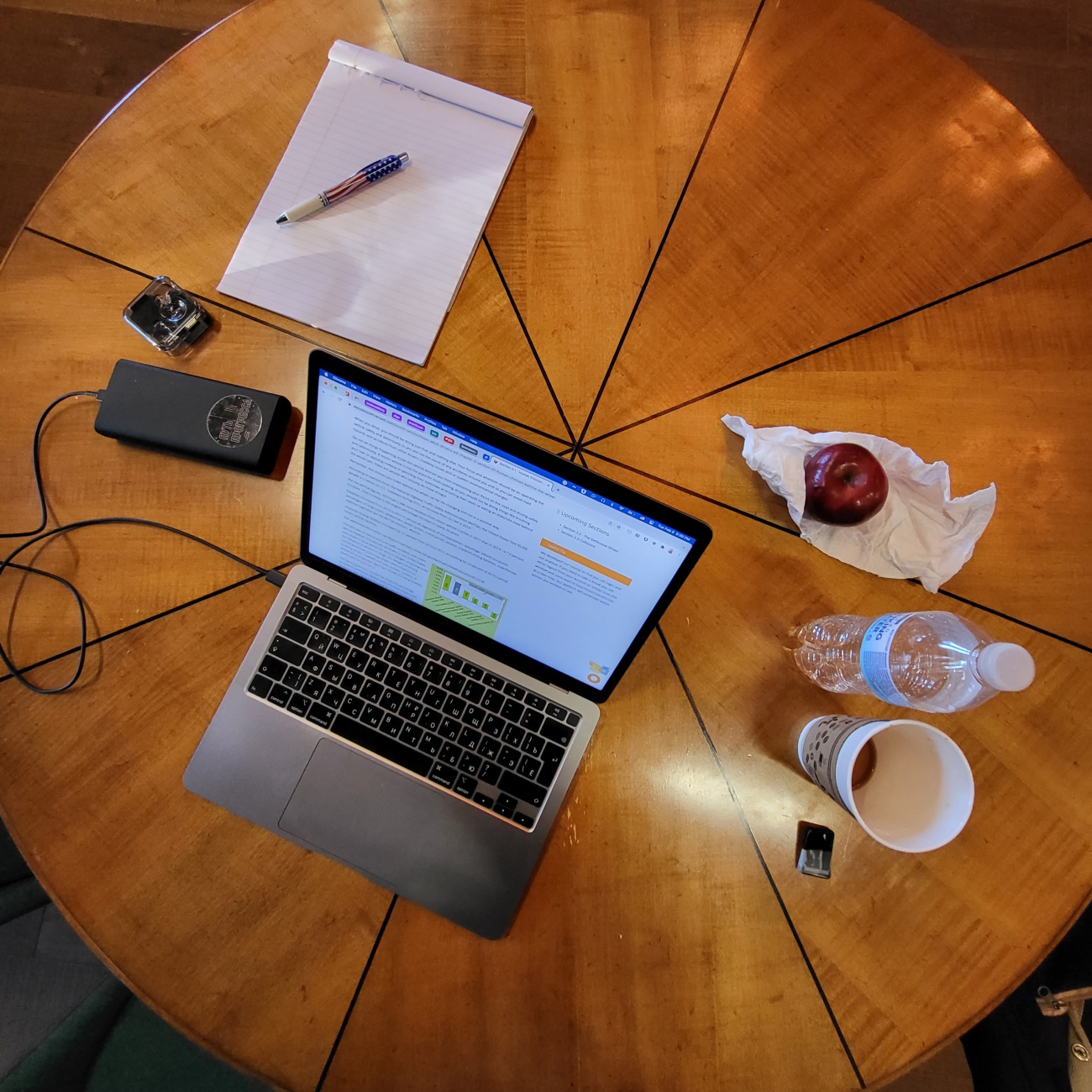







/cdn.vox-cdn.com/uploads/chorus_asset/file/25730626/214A0285.jpg)
